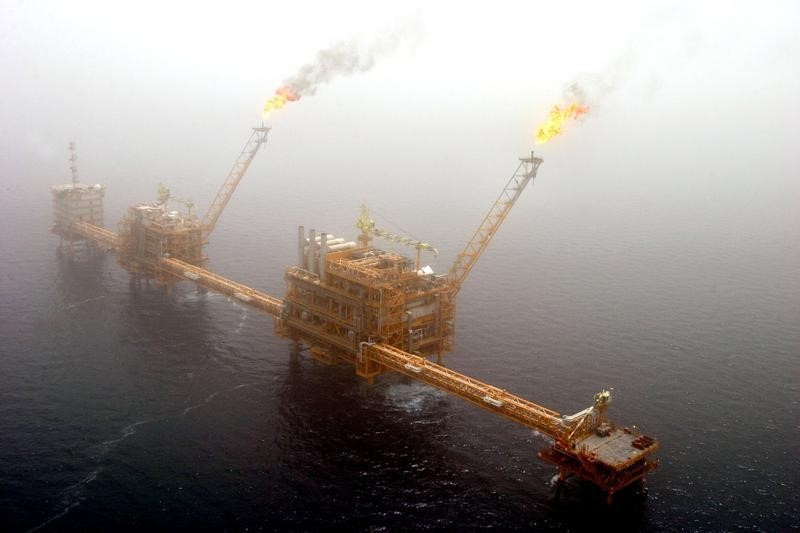By Peter Nurse
Investing.com -- Oil prices slipped Friday, on course for a rare weekly loss as monetary policy tightening raised fears of a global economic slowdown and weakened demand, but continued supply tightness should limit losses.
By 8:35 AM ET (1235 GMT), U.S. crude futures traded 0.8% lower at $116.69 a barrel, while the Brent contract fell 0.4% to $119.32 a barrel.
U.S. Gasoline RBOB Futures were down 2.1% at $3.8746 a gallon.
The crude market is heading for the first weekly decline since April as traders fret about the possibility of a global slowdown given the recent aggressive monetary tightening from a number of major central banks this week to curb rampant inflation.
The Federal Reserve authorized the biggest U.S. rate rise since 1994, the Swiss National Bank its first hike in 15 years, as well as a fifth rise in British rates since December.
News emerged late Thursday that the U.S. has sanctioned a number of companies, both international and Iranian, that help export the Persian country's petrochemicals, in an attempt to persuade it to return to the negotiating table.
Western countries have been talking with Iran for many months about the possible revival of a nuclear deal, an agreement on which could result in the addition of up to 1 million barrels of oil per day to global markets if sanctions were lifted.
That said, oil is still up more than 50% this year after rebounding demand combined with upended trade flows from Russia to squeeze the market.
“‘Buy the dip’ might be dead for the stock market, but it probably should still work for energy traders,” said Ed Moya, an analyst at OANDA. “Despite all the fears of aggressive central bank tightening of monetary policy and the slower economic growth that will ensue, the oil market remains very tight.”
This tightness has been illustrated by U.S. retail gasoline prices repeatedly breaking records and the national average recently topping $5 a gallon, prompting the Biden administration to call for oil companies to ramp up refining capacity.
The Baker Hughes rig count will be carefully studied later in the session, but shale producers have appeared to be reluctant to aggressively add capacity until the government provides policies that support the industry domestically.
“Even if the government were to change its stance on energy, and provide some capital investment, that won’t have an impact on prices before the midterm elections in November,” added Moya. “ The oil market will remain very tight until crude demand destruction becomes more noticeable in the fall.”
